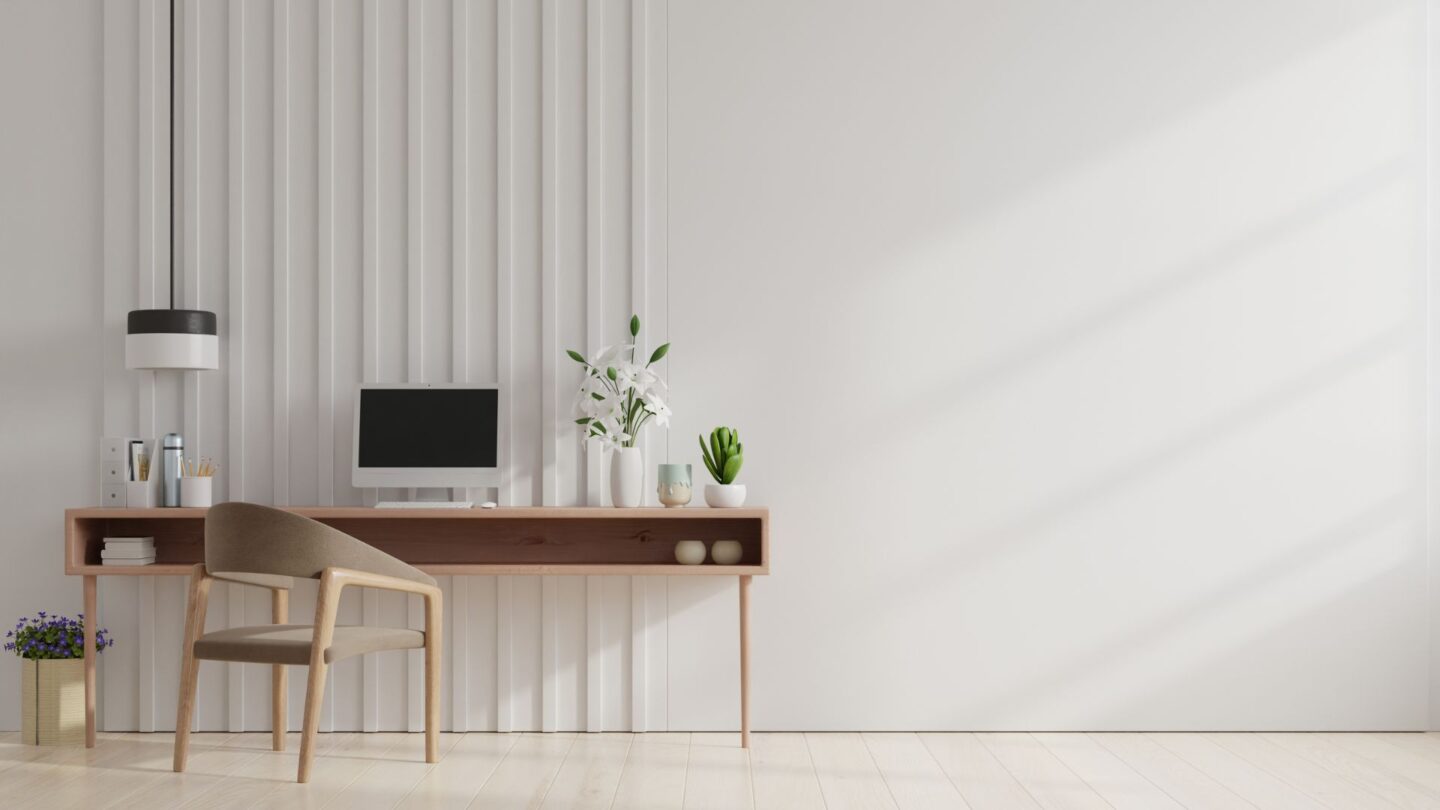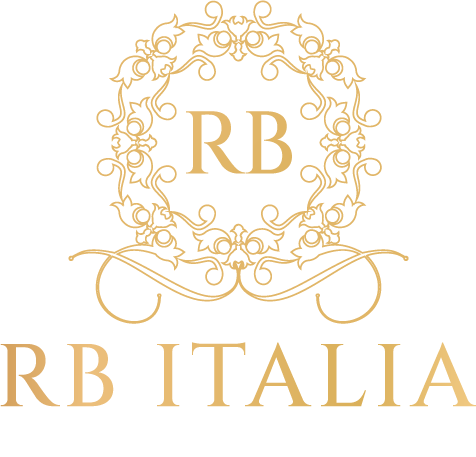12 Genius Office Design Tips for Couples: Wish I Knew Sooner
Designing a shared office space for couples involves a delicate balance of functionality, comfort, and personalization. Whether partners are collaborating on projects or pursuing individual tasks, creating an environment that supports productivity and harmony is essential. This guide delves into 12 genius office design tips explicitly tailored for couples, aiming to optimize their workspace experience. From defining individual zones to incorporating personal touches, each tip is crafted to address the unique needs and dynamics of couples sharing a work environment.
Customized Workstations

Photo Credit: Canva Pro
Customizing workstations ensures that each partner’s ergonomic and functional needs are met. Adjustable desks and chairs accommodate different preferences for sitting or standing, while personalized storage solutions help keep clutter at bay. Additionally, having designated workstations can create a sense of ownership and boundary within the shared space, enhancing productivity and comfort.
Define Individual Zones

Photo Credit: Canva Pro
Creating distinct work zones within the office helps each partner maintain focus and productivity. For example, one area could be designated for quiet, focused work, while another could be for collaborative tasks or meetings. This division also allows partners to personalize their space, whether with specific decor, tools, or equipment tailored to their needs.
Flexible Layout

Photo Credit: Canva Pro
A flexible layout accommodates both partners’ evolving needs and preferences. Flexibility allows the office to adapt to various work styles and tasks, whether rearranging furniture for a collaborative project or creating more space for individual work. This adaptability fosters a dynamic and efficient work environment where partners can easily transition between focused work and collaboration.
Neutral Color Palette

Photo Credit: Canva Pro
Choosing elegant neutral colors in the office decor promotes balance and cohesion. Neutral tones like white, beige, or gray provide a versatile backdrop that complements various personal styles and preferences. Additionally, a neutral color scheme can help reduce visual clutter and create a calming atmosphere conducive to productivity and focus.
Personal Touches

Photo Credit: Canva Pro
Incorporating personal touches adds warmth and character to the shared office space. Each partner can infuse their personality into the decor with items like favorite artwork, photographs, or mementos. These personal touches make the workspace more inviting and help create a sense of ownership and belonging, fostering a positive work environment for both partners.
Practical Storage Solutions

Photo Credit: Canva Pro
From file cabinets to shelving units and storage bins, ample storage options help keep clutter to a minimum and optimize space utilization. Partners can personalize their storage solutions based on their workflow and organizational preferences, ensuring easy access to essential items while minimizing visual distractions.
Dual Monitors or Screens

Photo Credit: Canva Pro
Equipping each partner with their own set of monitors or screens can significantly enhance productivity by providing ample screen real estate for multitasking or referencing multiple documents simultaneously. This setup accommodates different work preferences or tasks, such as coding while referencing documentation, designing while reviewing feedback, or researching while drafting reports. It allows partners to customize their digital workspace to suit their workflow and minimizes the need for constant screen-switching, optimizing efficiency and focus.
Sound Management

Photo Credit: Canva Pro
Implementing sound-absorbing materials or partitions is crucial for minimizing noise and distractions, especially in open-plan office layouts where sound can easily travel. Partners can create quieter zones within the office space for concentrated work or sensitive tasks by strategically placing acoustic panels, carpets, or partitions. This helps maintain a conducive work environment by reducing background noise, conversations, or disruptions, ultimately enhancing concentration, productivity, and overall well-being.
Task Lighting

Photo Credit: Canva Pro
Ensuring adequate task lighting at each workstation reduces eye strain and fatigue, particularly during long work hours. Adjustable lighting options allow partners to customize brightness levels and angles according to their preferences and tasks. Proper task lighting improves visibility and clarity, facilitating accurate reading, writing, or screen work. By prioritizing ergonomic lighting solutions, partners can enhance comfort, focus, and productivity throughout the workday.
Shared Resources

Photo Credit: Canva Pro
Identifying and designating shared resources such as printers, scanners, or reference materials streamlines workflow and minimizes duplication of equipment or resources. Centralizing these resources in inaccessible locations promotes efficiency and collaboration between partners, eliminating the need for each partner to invest in individual tools or materials. By establishing explicit resource usage and maintenance protocols, partners can optimize resource utilization, reduce costs, and enhance overall productivity in the shared office space.
Communication Tools

Photo Credit: Canva Pro
Utilizing communication tools and technologies such as instant messaging or video conferencing facilitates seamless collaboration and coordination between partners, primarily if they work on different projects or schedules. These tools enable partners to stay connected, share updates, exchange feedback, and resolve real-time issues, regardless of physical proximity. By leveraging technology to bridge communication gaps, partners can enhance teamwork, productivity, and synergy within the shared office environment, fostering a culture of collaboration and innovation.
Comfortable Break Area

Photo Credit: Canva Pro
Creating a comfortable break area within the office space provides partners with a designated space to relax, socialize, or recharge during breaks. Amenities like comfortable seating, refreshments, and natural light create a welcoming and rejuvenating environment. This dedicated break area encourages partners to take regular breaks, which can improve focus, creativity, and overall well-being. By prioritizing employee comfort and relaxation, partners can foster a positive work culture and promote work-life balance in the shared office setting.
More for You

Photo Credit: www.rbitaliablog.com
Once you have designed your office, you can bring life to your space by decorating your office, living room, or fireplace to create a more welcoming and cozy ambiance at home.
This article was first published on RB ITALIA Blog.






